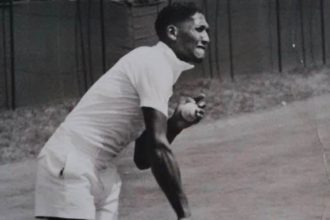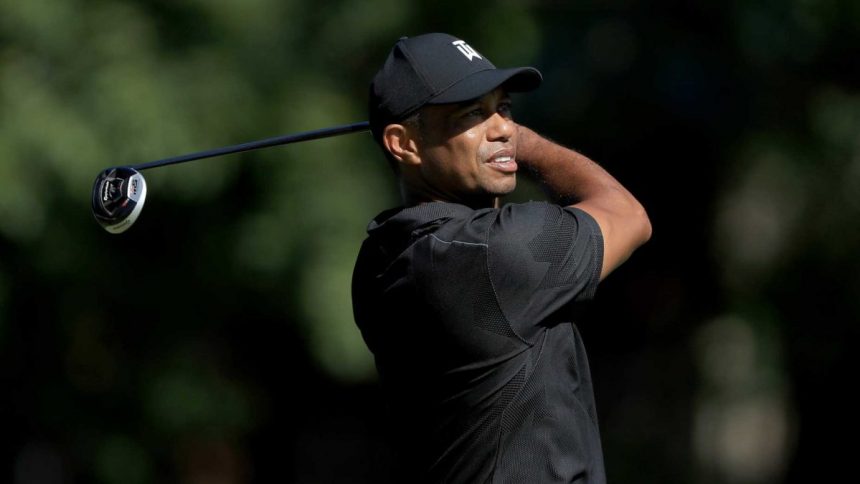Our fascinating series, Introduction to Golf, without doubt, is making good progress. So far, we are familiar with the historical background of the game, the various types of golf courses, the dress code and accessories, the types of golf clubs and their calibrated distances, and finally, how to spin the golf ball for maximum control and reducing scores.
Our progression will take us into another important aspect of the game called, course management. One of the most successful golfers of all times, Tiger Woods, ones said “I’m not gonna out ball strike you to death, I’m not gonna out putt you to death, but there is no reason why I can’t out think you”. The major strength of his game is his mental capability—what he can see in his head. At the level where Tiger Woods play, striking the ball and gaining long distance is not peculiar. What is peculiar is your ability to think, manage the course and bring your thoughts to life. This was what separated real winners from losers in the game.
Course management in golf refers to the strategic decision-making process that a golfer employs while playing a round of golf. It involves analyzing the layout (natural topography), condition of the golf course (wet or dry), direction and wind speed, as well as the golfer’s own abilities, strengths, and weaknesses, in order to make informed choices about which shots to take and how to approach each hole.
In this case, a golfer may decide to use the 7 iron for a 130-metres shot (while the normal calibration of 7 iron is 150 meters) if he is playing against the wind, or if the course is dry and running fast, he may use 8 iron for a 170-metres shot, because of the ‘carry’ and the ‘roll over’, and also because golf ball travel faster and longer during dry season because of humidity and hard course condition. These are some of the decisions that go on in a golfer’s head during a round of golf, and they play a very important role in determining the outcome of his game.
Effective course management can help a golfer minimize risks and avoid unnecessary mistakes, leading to better scores and a more enjoyable round of golf. It can be a very unwise decision to hit a long 1-wood shot from the Tee box and land in a strategically placed bunker (which every golfer avoids), when you can take a 3-wood shot that will land before the bunker and lay you up for a less riskier approach shot to the green. As said earlier, this can include factors such as choosing the right club, selecting the appropriate shot shape (straight, fade or hook shots), accounting for hazards such as bunkers and water hazards, and considering the wind and weather conditions.
Course management also involves understanding and adhering to the rules of golf, as well as respecting the course and other golfers. Overall, a golfer who practices good course management will be better equipped to handle the challenges of the course and maximize their chances of success.
Gift Willy (Air Assault Golf Club, Port Harcourt), one of the prominent Nigerian golfers I was privileged to play with, has the best course management skill I have ever seen. His diminutive outlook doesn’t correspond with the beautiful score he returns. He stays straight on the fairways by avoiding unnecessary power shots, he has one of the best control of the golf ball, and avoids unnecessary risks. He is one golfer that really plays the game in his head before actualizing it on the course.
Finally, good course management involves staying mentally focused and disciplined throughout the round. This means being patient, staying calm under pressure, and sticking to your game plan even if things don’t go perfectly. It also means respecting the rules of golf and the etiquette of the course, treating your fellow golfers with respect, and avoiding behaviour that could slow down play or damage the course.
Please note: we own no copyright to this video.















